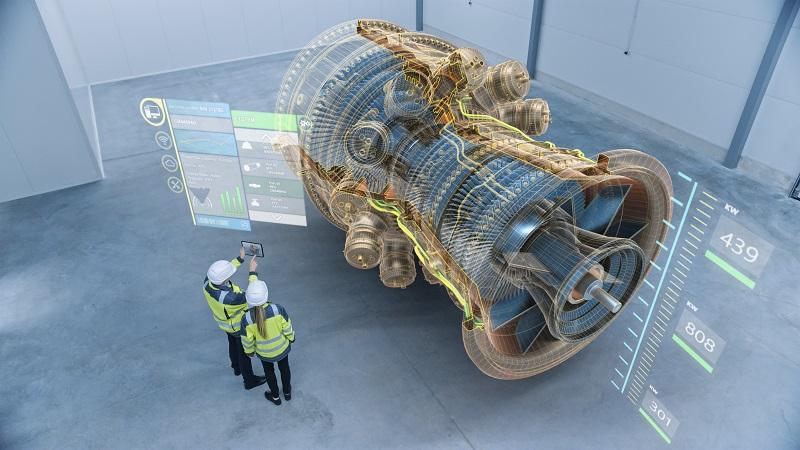Defining the Virtual World: The 3D Simulation Software Market Scope

To fully appreciate the transformative impact of 3D simulation, it is essential to understand the full breadth of its applications and how its capabilities are used across the entire product lifecycle. The 3D Simulation Software Market Scope is remarkably broad, covering a vast range of physical phenomena and serving nearly every major engineering and manufacturing industry. This extensive and diverse scope is a key reason the market is projected to grow to nearly USD 40 billion by 2035, a journey powered by a powerful 17.02% annual growth rate. The scope is not limited to a single type of analysis but represents a comprehensive digital toolkit for understanding and predicting the behavior of the physical world.
The core of the market's scope is in the "design and analysis" phase of product development. This is the traditional domain of simulation. The scope here includes a wide variety of physics domains. It includes structural mechanics, using Finite Element Analysis (FEA) to predict stress, strain, and deformation in solid objects. It includes Computational Fluid Dynamics (CFD) to analyze the flow of liquids and gases. It also includes thermal analysis to predict heat transfer, and electromagnetic simulation to design antennas and analyze electromagnetic interference. This core scope is about using virtual testing to validate and optimize a design before it is ever built.
However, the market's scope has expanded far beyond just the design phase and now covers the entire product lifecycle. In the manufacturing phase, the scope now includes "process simulation." This involves simulating the manufacturing process itself, such as metal stamping, injection molding, or 3D printing. This allows companies to optimize the manufacturing process to reduce defects, improve quality, and minimize material waste. In the operational phase, the scope is expanding to include the concept of the "digital twin." This involves creating a living, virtual model of a physical asset (like a wind turbine or a jet engine) that is continuously updated with real-world sensor data, allowing for predictive maintenance and operational optimization.
Looking to the future, the scope of the market is expanding to include more complex, system-level, and multiphysics simulations. The scope is no longer just about analyzing a single component in isolation but about simulating the entire, complex system. This includes simulating how the electronic, mechanical, and software components of an electric vehicle will all interact. It includes simulating how a self-driving car's sensors will perceive the world and how its control system will react. This system-level scope is essential for developing the smart, connected products of the future and is where much of the market's future growth will come from.
Top Performing Market Insight Reports:

- Music
- Travel
- Technology
- AI
- Business
- Wellness
- Theater
- Sports
- Shopping
- Religion
- Party
- Other
- Networking
- Art
- Literature
- Home
- Health
- Gardening
- Games
- Food
- Fitness
- Film
- Drinks
- Dance
- Crafts
- Causes
